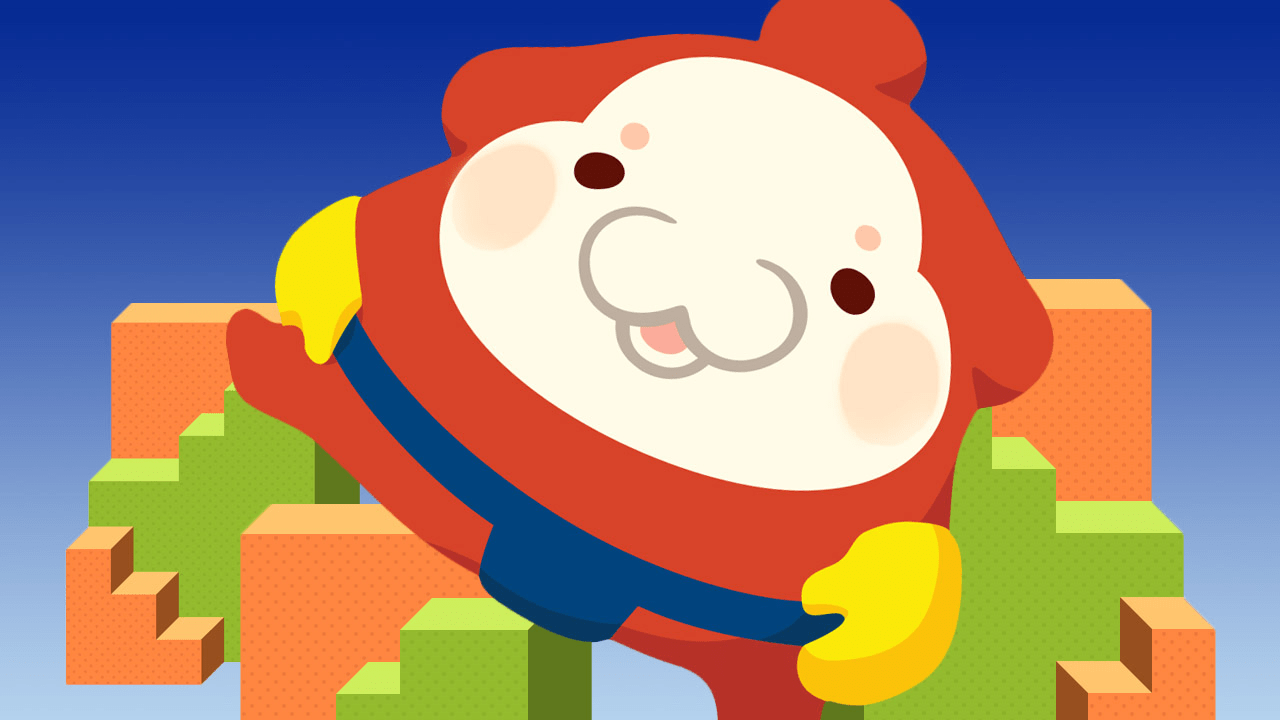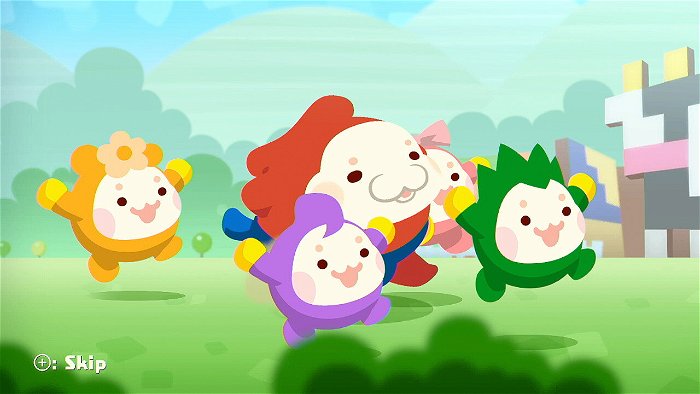I’ve been catching up with Nintendo lately. A few years after purging my home of the many white plastic devices that the Wii seemed to attract like flies to honey, I decided to take a chance on the developer/publisher/massive corporation again by picking up a 3DS.
Portable, minimalist, and home to some of Nintendo’s best recent games, it seemed like an ideal way to check out what the company had been up to since I took a (mostly unintentional) break from its games. Happily enough, most of the titles I’ve played from Nintendo’s development studios since then have reaffirmed my agreement with a common belief: Nintendo is fantastic at making games.
After spending a lot of time with Super Mario 3D Land and The Legend of Zelda: A Link Between Worlds, I decided to branch out to a couple of other lauded 3DS titles—Fire Emblem: Awakening and Pushmo—by one of the company’s best loved creative teams. Intelligent Systems may not be one of Nintendo’s several internal development studios, but it is a subsidiary entity that only exists outside of the company by a minor technicality. Its games—most notably, the Fire Emblem and Advance Wars series and many of the WarioWare and Paper Mario titles—have always been developed for and published exclusively on Nintendo platforms.
Much like Kirby and Smash Bros.’ creator HAL Laboratory, Intelligent Systems is part of Nintendo’s creative DNA. Its releases, whether good or bad, contribute to Nintendo’s strength as a developer. This relationship is a very good thing. In recent years, Intelligent Systems has not only created Fire Emblem: Awakening (a great portable tactics game) for the 3DS. They’ve also designed some of the most original entries to the puzzle genre in some time with the handheld Pushmo and its sequels: Crashmo and the Wii U’s Pushmo World.
“Pushmo, essentially, serves as testament to Nintendo’s ability to craft some of the most highly polished and tightly designed videogames around.”
Pushmo is an extremely novel game that, like a lot of the best titles of its type, is both simple to understand and mind-bendingly devious at its higher difficulty levels. Its mechanics are all based around pushing and pulling layers of blocks in order to ascend three dimensional structures. Manage to guide a little character to the top of one of these structures and you’ve won. This straightforward approach to puzzles is impressively satisfying in its own right, but what really cements Pushmo—and, of course, Nintendo’s Intelligent Systems team—as truly exceptional is the creativity exercised in the game’s level design.
As the player advances through increasingly difficult stages, the complexity of each puzzle gradually increases in a completely organic way. It’s a credit to the game that, upon arriving at a seemingly impossible challenge, the player always remembers that s/he has internalized all of the tools necessary to solve it by progressing through the previous levels. The difficulty comes from having to exercise tricky special thinking, not fighting against overly complicated mechanics or game design.
Pushmo, essentially, serves as testament to Nintendo’s ability to craft some of the most highly polished and tightly designed videogames around. This may be obvious to those who snatch up every one of the company’s new Mario, Zelda, Kirby, or Metroid sequel, but the kind of creativity that makes Pushmo stand out to players fatigued by the same old characters is too often missing. Nintendo’s core series—mascot-centred titles that rehash iconic plots, settings, and mechanics—are almost always great on a technical level while also feeling sloppy in an aesthetic sense.
During the Wii and DS era, Nintendo created strange new games like Wii Sports, Brain Training, and Wii Fit. But, unlike the past generation which saw the creation of Pikmin and Animal Crossing, it didn’t provide any brand new worlds for its audience to discover. The extraordinarily talented developers at Nintendo have largely been left to work their craft on Mario retreads or mechanically dense but fictionally unimaginative titles like Wii Sports. This is where I usually get hung up on Nintendo. I respect the company immensely as a developer even as I’m consistently disappointed in its seeming inability to build new worlds and showcase new characters.
A game like Pushmo—both visually creative and a joy to play—has seemed like a rare thing lately. Luckily, this may be about to change. The upcoming Splatoon and a new Zelda that promises a serious overhaul of series conventions may be signals that Nintendo recognizes the need to rethink the way it makes games—that it may wish to return to the days when its studios created strange new settings to explore and characters to meet. I’m certainly hoping that this will be the case. Nintendo is simply too great at making games not to be making the most of its talents.






